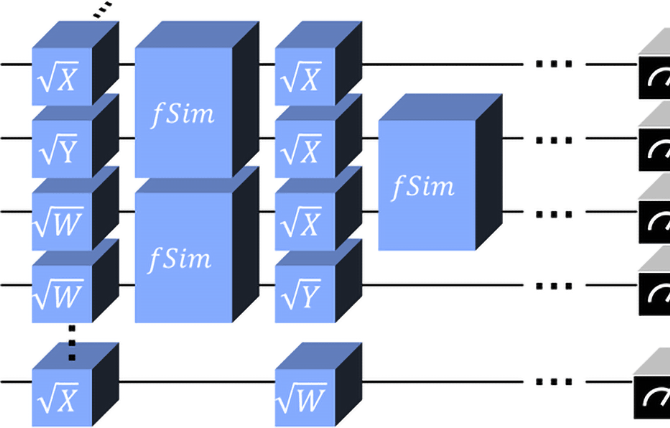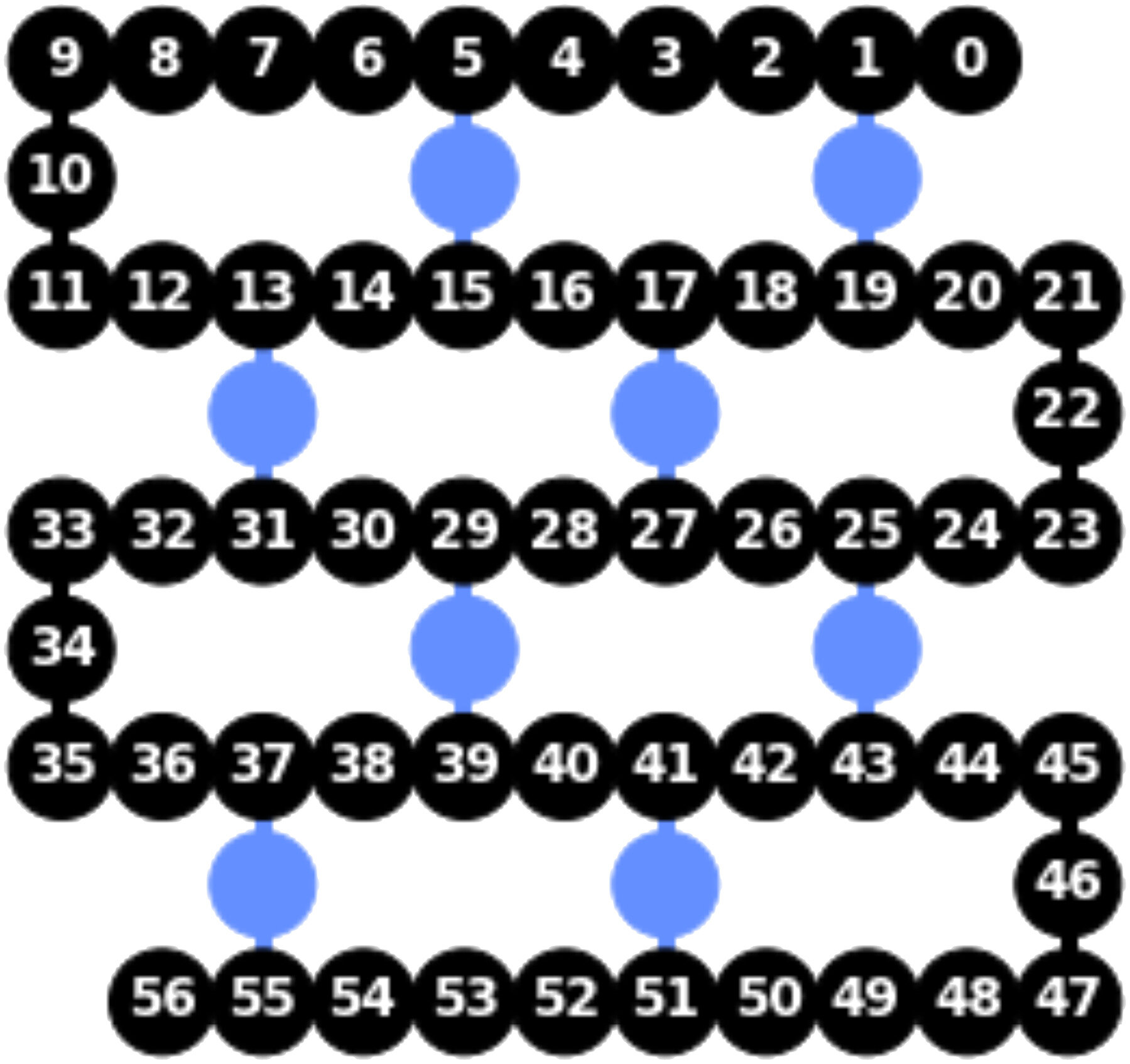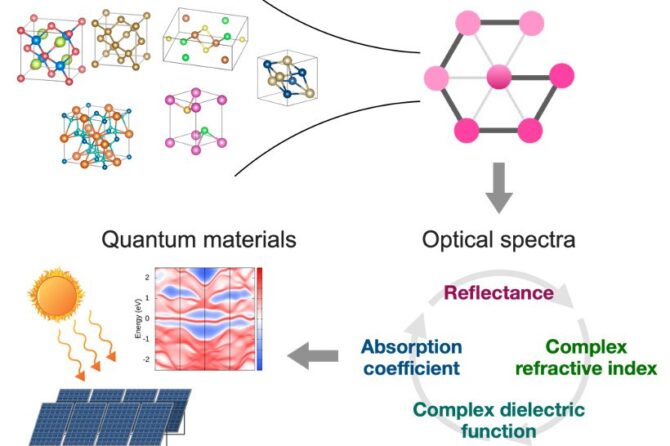More computational resources (i.e., more physical qubits and qubit connections) on a superconducting quantum processor not only improve the performance but also result in more complex chip architecture with lower yield rate. Optimizing both of them simultaneously is a difficult problem due to their intrinsic trade-off.
Inspired by the application-specific design principle, researchers at University of California proposes an automatic design flow to generate simplified superconducting quantum processor architecture with negligible performance loss for different quantum programs.
Their architecture-design-oriented profiling method identifies program components and patterns critical to both the performance and the yield rate. A follow-up hardware design flow decomposes the complicated design procedure into three subroutines, each of which focuses on different hardware components and cooperates with corresponding profiling results and physical constraints.
Experimental results show that their design methodology could outperform IBM’s general-purpose design schemes with better Pareto-optimal results.



